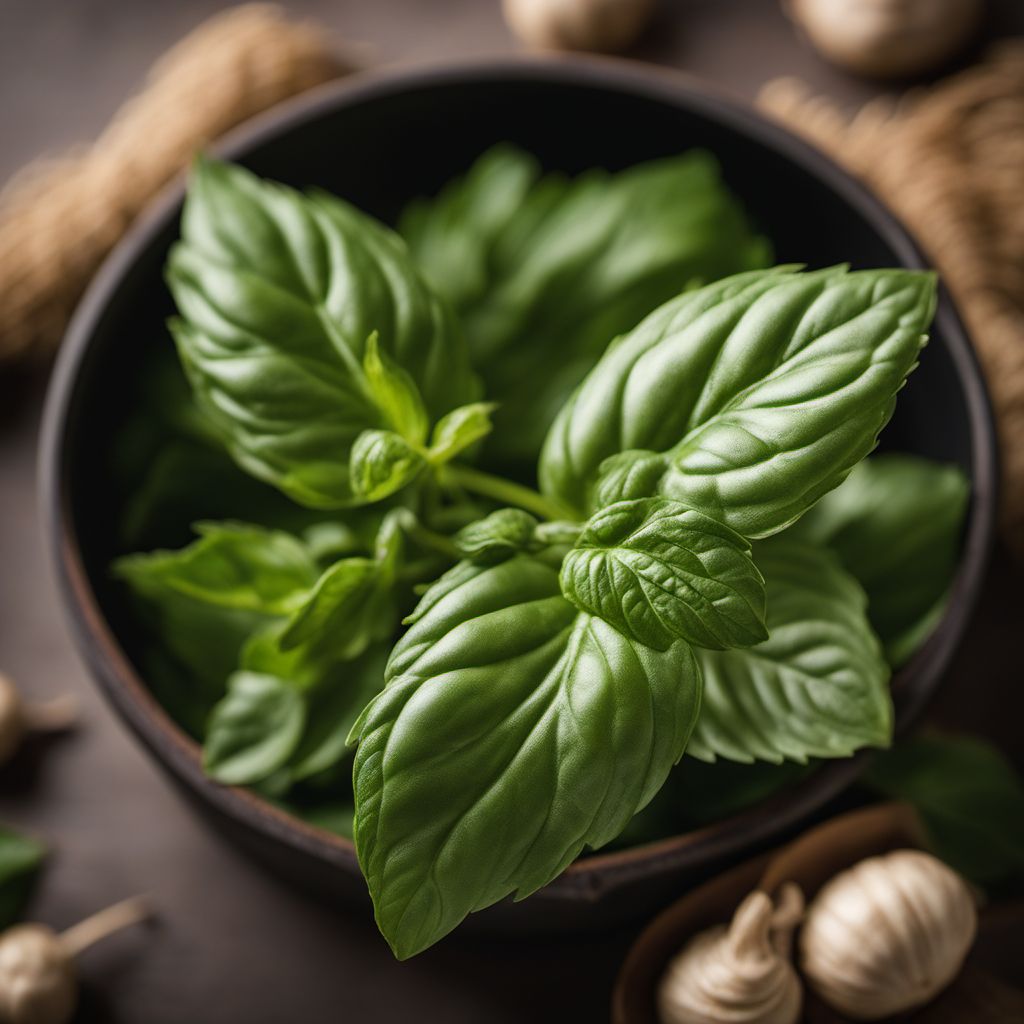
Ingredient
Basil
The King of Herbs
Basil is characterized by its vibrant green leaves, which have a slightly sweet and peppery flavor. It has a distinct aroma that is reminiscent of cloves and anise. The leaves are tender and delicate, while the stems are slightly woody. Basil pairs well with tomatoes, garlic, and olive oil, making it a staple in Italian cuisine.
Origins and history
Basil is native to India and has been cultivated for over 5,000 years. It has a rich history in various cultures, including ancient Egypt, where it was used in embalming rituals. Basil made its way to Europe through the spice trade and became popular in Mediterranean cuisine. Today, it is widely cultivated around the world.
Nutritional information
Basil is a good source of vitamin K, vitamin A, and manganese. It also contains antioxidants and has anti-inflammatory properties. It is low in calories, with approximately 22 calories per 100 grams.
Allergens
There are no known allergens associated with basil.
How to select
When selecting basil, look for vibrant green leaves that are free from blemishes or discoloration. Avoid wilted or yellowing leaves, as they indicate poor quality. The leaves should have a strong aroma, which is a sign of freshness. Opt for organic basil whenever possible to avoid pesticide residues.
Storage recommendations
To store basil, trim the stems and place the bunch in a glass of water, similar to a bouquet of flowers. Cover the leaves loosely with a plastic bag and store in the refrigerator. Alternatively, you can wrap the basil in a damp paper towel and place it in a plastic bag. Use within a few days for the best flavor and aroma.
How to produce
Basil can be easily grown in a sunny spot in your garden or in a pot on your windowsill. It requires well-drained soil and regular watering. Pinch off the flowers to encourage leaf growth and prevent the plant from going to seed.
Preparation tips
Basil is commonly used in pesto, tomato-based sauces, salads, and soups. It is also a key ingredient in Caprese salad, where it is paired with fresh tomatoes and mozzarella cheese. Basil can be used as a garnish or added to sandwiches and wraps for an extra burst of flavor.
Availability
Basil is widely available in most grocery stores and supermarkets. It is also commonly found in farmers markets during the summer months.
More ingredients from this category » Browse all
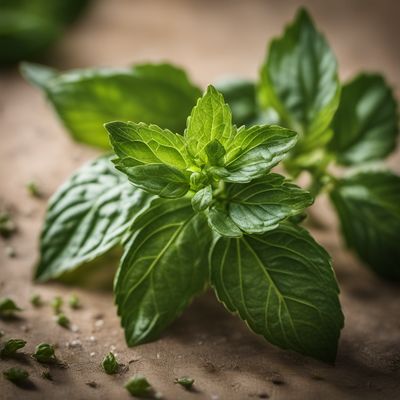
Greek bush basil
The Fragrant Herb of the Mediterranean: Greek Bush Basil

Hoary basil
The Aromatic Herb: Hoary Basil

Holy basil
The Sacred Herb: Holy Basil

Vietnamese mint
The Zesty Herb

Asiatic pennywort
The Healing Herb: Unveiling the Wonders of Asiatic Pennywort

Lemon balm
The Zesty Herb: Lemon Balm

Lesser calamint
The Mediterranean Herb Wonder

Rice paddy herb
The Fragrant Gem

Chinese mesona
The Cooling Elixir

Mints
The Refreshing Herb

Lemon basil
The Zesty Herb: Unveiling the Delights of Lemon Basil

Lizard tail
The Enigmatic Delicacy: Lizard Tail
Recipes using Basil » Browse all

Tomato Basil Pie
Savory Delight: Tomato Basil Pie

Pèpè Soup with a Twist
Spicy and Flavorful Pèpè Soup Infused with Exotic Ingredients

Classic Italian Panzanella Salad
Sun-Kissed Tomato and Crusty Bread Delight
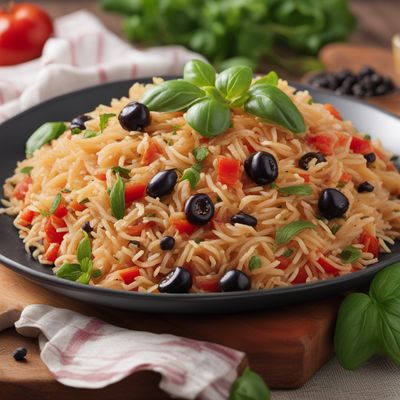
Neapolitan Haystacks
Savory Italian Delight: Neapolitan Haystacks

Venetian-style Tuna with Tomato and Capers
Delizie del Mare: Venetian Tuna Delight

Mediterranean Ramen
Mediterranean Sea Ramen

New York-Style Pizza
The Big Apple's Finest Pie

Rame di Napoli - Italian Stuffed Rice Balls
Savory Delights: Irresistible Italian Stuffed Rice Balls
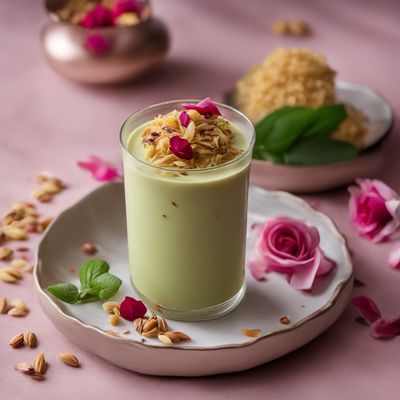
Kulfi Falooda
Indulgent Delight: Kulfi Falooda - A Fusion of Creamy Kulfi and Refreshing Falooda

Mediterranean Murgh Malai
Creamy Mediterranean Chicken
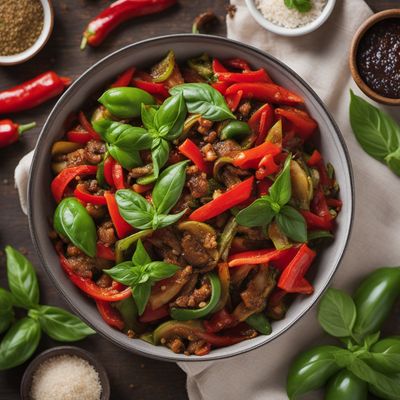
Fried Basil Ratatouille
Savory Ratatouille with a Latin Twist

Scialatielli alla Sorrentina
Sorrentine Delight: Scialatielli Pasta with Fresh Tomato Sauce and Mozzarella